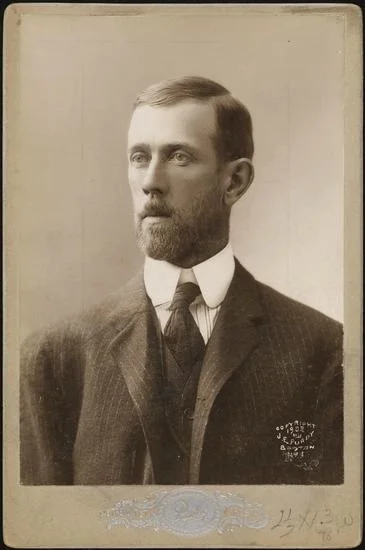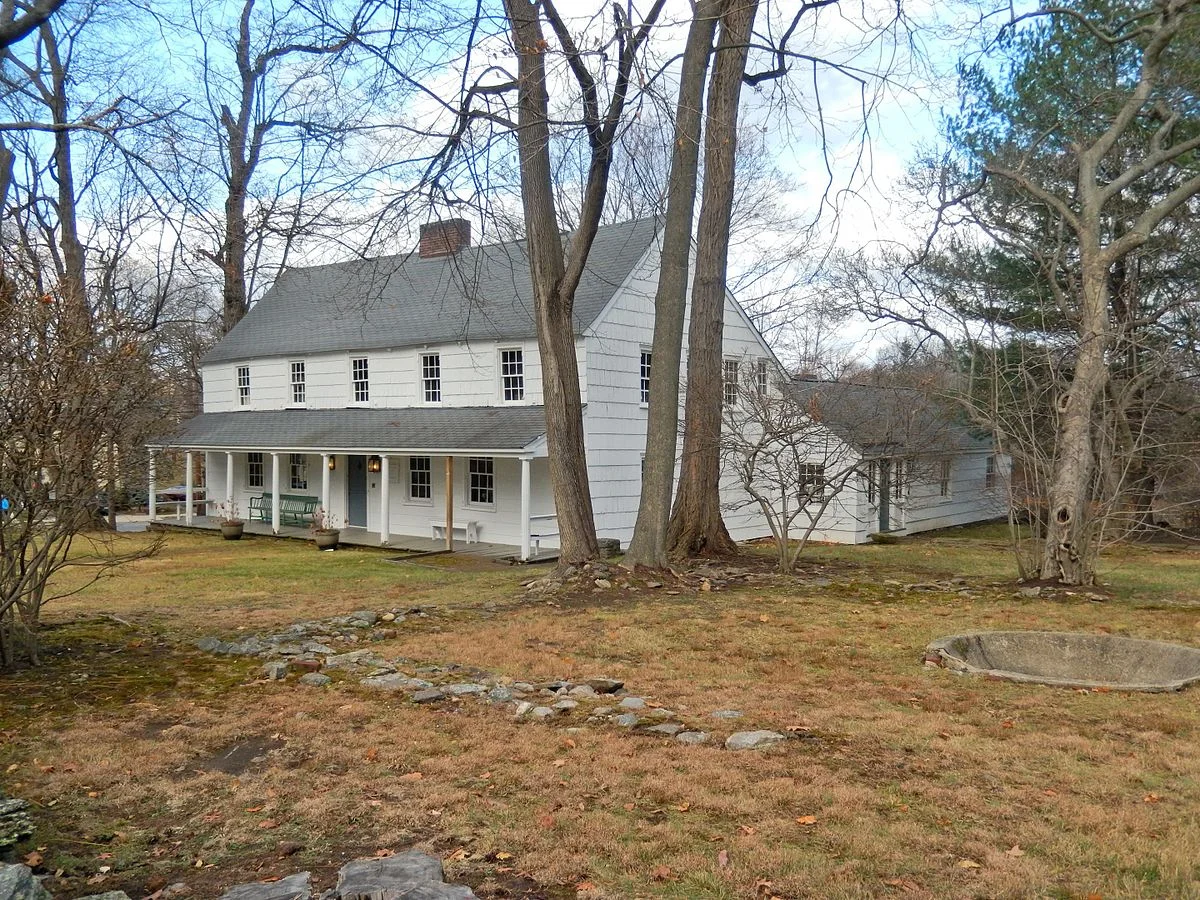Knapp House
Early History
In 1663, one of the original Rye settlers, Thomas Studwell, purchased a home lot near the “road to the Beach”, now Rye Beach Avenue. He built a small house on the property and lived there until 1667 when he traded the property with Timothy Knapp of Stamford.
Knapp built the oldest part of the house consisting of the keeping room on the left side and a bed chamber above between 1667 and 1680. Knapp was a prominent and well-respected member of the Rye community. He served as a deputy to the General Court in Hartford (Rye was at that time part of Connecticut), as a Town Constable and Tax Collector. He was also a vestryman of Grace Church, as the Episcopal Church was then known, and services were held at his home before the first church was built.
THE HALSTED PERIOD
Ezekiel Halsted, a wealthy landowner originally from Long Island, purchased the property from Timothy Knapp’s sons in 1746. Shortly after buying the house, he set about expanding it. The first addition contained the front hall, the parlor to the right of the hall and the bedroom above the parlor. A second addition a few years later raised the roof and added a lean-to structure on the back with a dining room and kitchen, giving the house its distinctive salt box shape. At this time, the “fish scale” rounded shingles were also added.
The Halsted family owned the house for the next 150 years until 1906, making few changes after their two additions to the house. Several descendants of Ezekiel Halsted built substantial mansions nearby on the family’s land. The family owned several slaves in the 1700′s. Manumission records show that the Halsteds freed two male slaves in 1810 around the time that New York abolished slavery.
THE FORD PERIOD
In 1906, Simeon Ford, co-owner of the Grand Union Hotel in Manhattan and a real estate developer, purchased the Knapp House as a wedding present for his son Ellsworth. Simeon and his wife owned a large estate on Forest Avenue at the time. Ford built greenhouses behind the house on what are now playing fields and supplied produce or flowers to his hotel. A greenhouse and aviary were also added to the side of the house and an artist’s studio was added to the rear, shown on the right in Lauren Ford’s painting.
Ellsworth lived in the Knapp House until the 1920s, at which time his sister Lauren moved into the house. Lauren Ford was a successful artist whose work is included in the collections of the Metropolitan Museum of Art and was widely published in the form of greeting cards and prints. After World War II, Lauren was instrumental in the founding of the Abbey of Regina Laudis in Connecticut. The story of her work with the Abbey was the basis for the film “Come to the Stable”, written by Clare Boothe Luce and starring Celeste Holm, Loretta Young and Elsa Lanchester.
PRESERVATION OF THE HOUSE
The Rye Historical Society purchased the Knapp House in 1992 from the Taylor Family who maintained the house after Lauren Ford. The Rye Historical Society restored it with the help of generous donations from the Rye community. It now houses the archives of the Rye Historical Society and the City of Rye. The Knapp House frequently displays changing exhibits of historical interest and art shows by local artists. Behind the house, the Kay Donahue Memorial Garden is a historic kitchen and herb garden with authentic plantings maintained by The Little Garden Club of Rye.
The Knapp House is listed on the National Register of Historic Places and has also been designated a landmark by the City of Rye. It is considered to be the oldest residential property in Westchester County.



